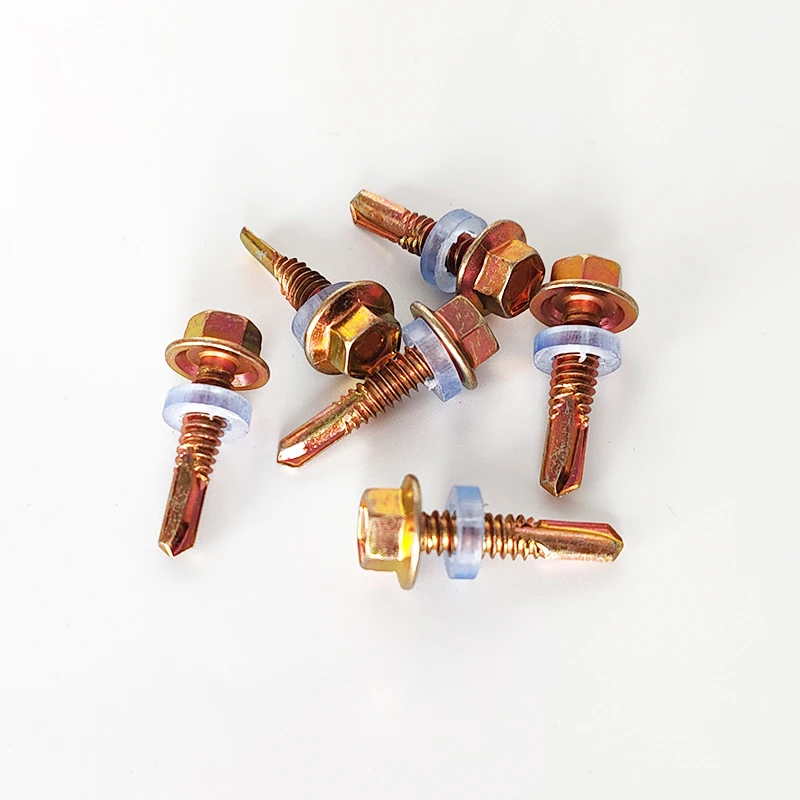threaded rod chemical anchor
Understanding Threaded Rod Chemical Anchors A Comprehensive Guide
Threaded rod chemical anchors are essential components in construction and engineering that play a crucial role in securing structures and equipment. These anchors are used to create a strong bond between the base material, typically concrete or masonry, and the object they are intended to secure. Their design, effectiveness, and application have evolved significantly over the years, making them a popular choice in various industries.
What are Threaded Rod Chemical Anchors?
Threaded rod chemical anchors consist of a long metal rod with a threaded exterior. They are installed into a pre-drilled hole in a substrate, such as concrete or masonry. The installation is complemented by a chemical bonding agent, often an epoxy or other polymer-based adhesive, which fills the annular space around the rod. This combination creates a robust connection that can withstand various loads and environmental conditions.
Advantages of Threaded Rod Chemical Anchors
1. Load Capacity One of the primary benefits of these anchors is their high load-bearing capability. The chemical adhesive used ensures a superior bond, allowing them to support significant weights, making them an ideal choice for heavy-duty applications.
2. Versatility Threaded rod chemical anchors can be employed in various applications, from securing machinery and equipment to anchoring structural elements in buildings. They are suitable for both vertical and horizontal installations.
3. Corrosion Resistance Many threaded rod chemical anchors are manufactured from materials that resist corrosion, including stainless steel or coated steel. This feature makes them particularly suitable for outdoor or harsh environments, where moisture and chemicals could degrade standard anchors.
4. Ease of Installation The installation process of threaded rod chemical anchors is relatively straightforward. After drilling the appropriate hole and cleaning it, workers can insert the rod and fill it with the adhesive. Once cured, the anchor is ready for use.
threaded rod chemical anchor

5. Non-damaging to Base Material Unlike traditional mechanical anchors, which may expand within the substrate, chemical anchors cure and create a bond without exerting inward pressure on the surrounding material. This reduces the risk of cracking or damaging the base material.
Applications
Threaded rod chemical anchors find applications across numerous sectors
- Construction Used to secure structural beams, bridge components, and heavy machinery. - Manufacturing Often employed in factories to anchor machines and equipment, ensuring stability during operation. - Telecommunications Used to secure poles and towers, particularly where stability is critical. - Marine Their resistance to corrosion makes them suitable for docks and marine structures.
Installation Considerations
While threaded rod chemical anchors are versatile, proper installation is crucial for optimal performance. Key considerations include
- Hole Preparation Ensure that the hole is clean and free from debris. Proper diameter and depth are also essential to achieve maximum bonding strength. - Mixing and Applying Adhesive Follow the manufacturer’s guidelines for mixing the adhesive properly. Improper ratios can weaken the bond. - Curing Time Allow adequate curing time for the adhesive before subjecting the anchor to load. This can vary based on the product and environmental conditions.
Conclusion
Threaded rod chemical anchors offer significant advantages in various applications where secure and durable fastening is required. Their ability to withstand heavy loads, resist environmental degradation, and ease of installation make them a preferred choice for engineers and contractors alike. Understanding their properties and proper installation techniques is critical for maximizing their effectiveness and ensuring the safety and longevity of the structures they support. Whether in construction, manufacturing, or telecommunications, threaded rod chemical anchors represent a reliable solution in modern fastening technology.
-
Weatherproof Plastic Expansion Anchors for OutdoorNewsJun.06,2025
-
Sustainability in the Supply Chain: Eco-Friendly TEK Screws ProductionNewsJun.06,2025
-
Load-Bearing Capacity of External Insulation FixingsNewsJun.06,2025
-
Double Head Bolts: Enhancing Efficiency in Industrial MachineryNewsJun.06,2025
-
Corrosion Resistance in Chipboard Screws: Coatings for Wholesale DurabilityNewsJun.06,2025
-
Butterfly Toggle Bolts : Enhancing Structural ResilienceNewsJun.06,2025
